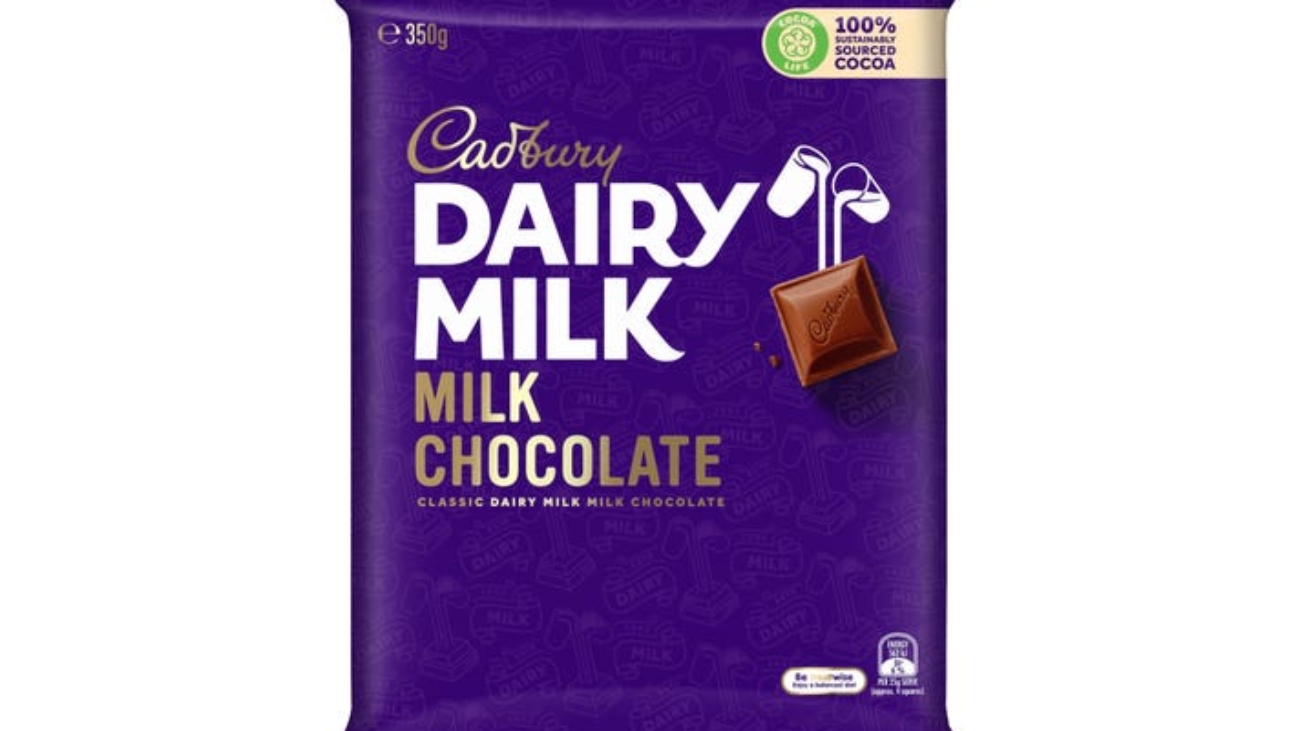Cadbury’s trademark application back in 1995 was for the colour purple, particularly the shade PANATONE 2685C. It was registered under goods as “chocolate in bar or tablet form” described as “The mark consists of the colour purple, as shown on the form of application, applied to the whole visible surface, or being the predominant colour applied to the whole visible surface, of the packaging of the goods”.
Nearly two decades later, in 2013 the chocolatier has a major setback when they applied for new trademark to include a wider range of products such as drinking chocolates, cakes and such! What’s wrong with that, you ask? The application was opposed by none other than Nestle!
The application was not only for its chocolate products but also for the colour purple, just like their application back in 1995 but Nestle contended on the basis that the colour purple “had no distinctive character, and was too broad for a range of goods”.
The UK Court of Appeal corresponded by rejecting the application.
The court found issue with the wording: “Being the predominant colour applied to the whole visible surface of the packaging goods” as it felt the term ‘predominant’ was too broad. This may have been acceptable in 1995, but trademark applications are more highly regulated nowadays.
What did Cadbury do? in 2018 they appealed to remove the second mark of their application which used the word “predominant”, eventually losing the case and placing their trademark at a state of risk. Backed into a corner, Cadbury could drop the trademark completely with the alternate being starting a brand new trademark application.
Cadbury said that it will continue to protect what it believes is a distinctive trademark, using unregistered rights.
If this case teaches us anything, its the importance of making a clear and concise trademark application.



